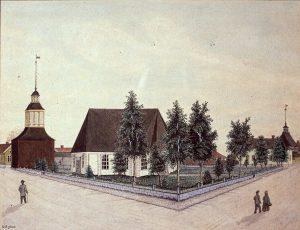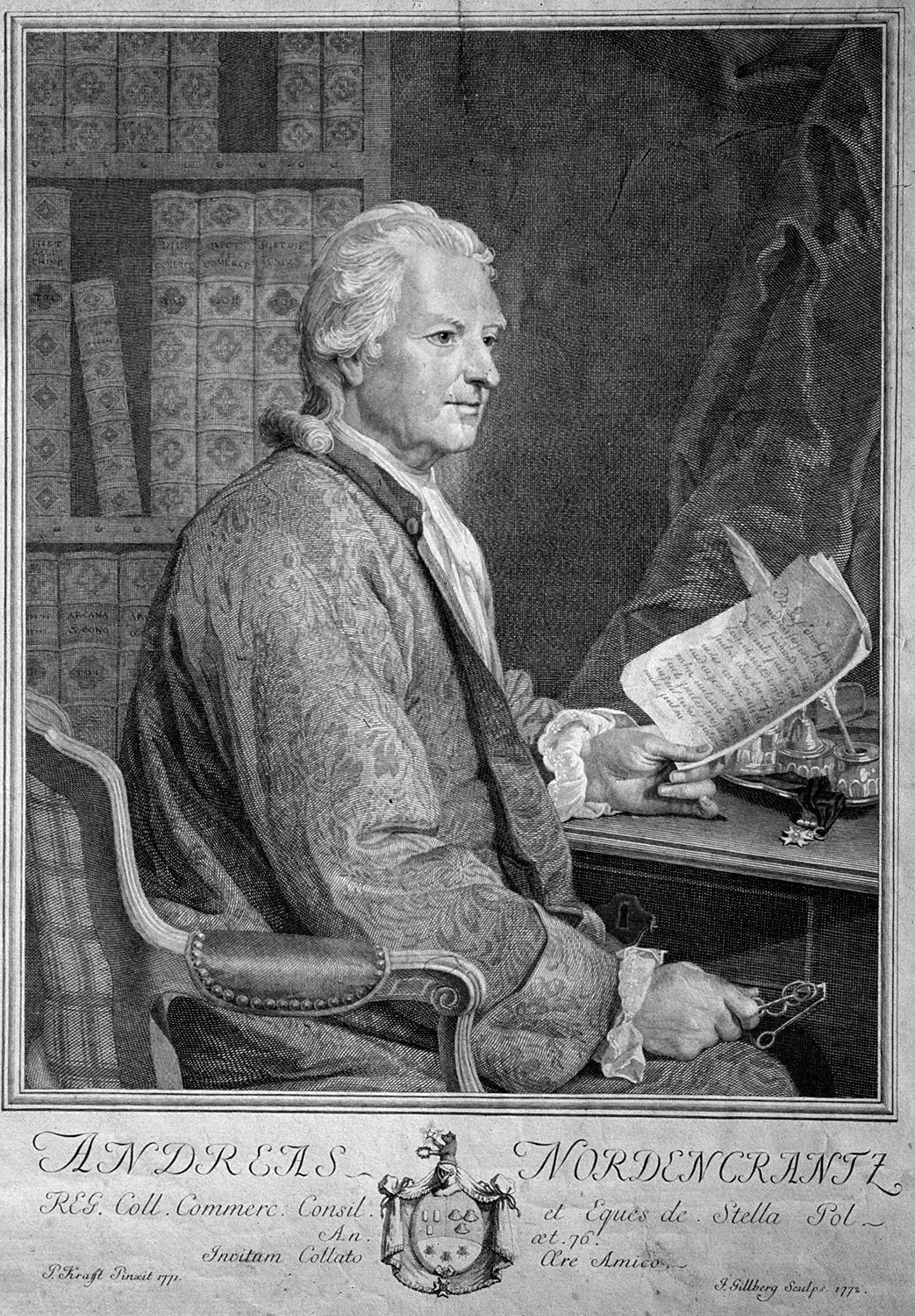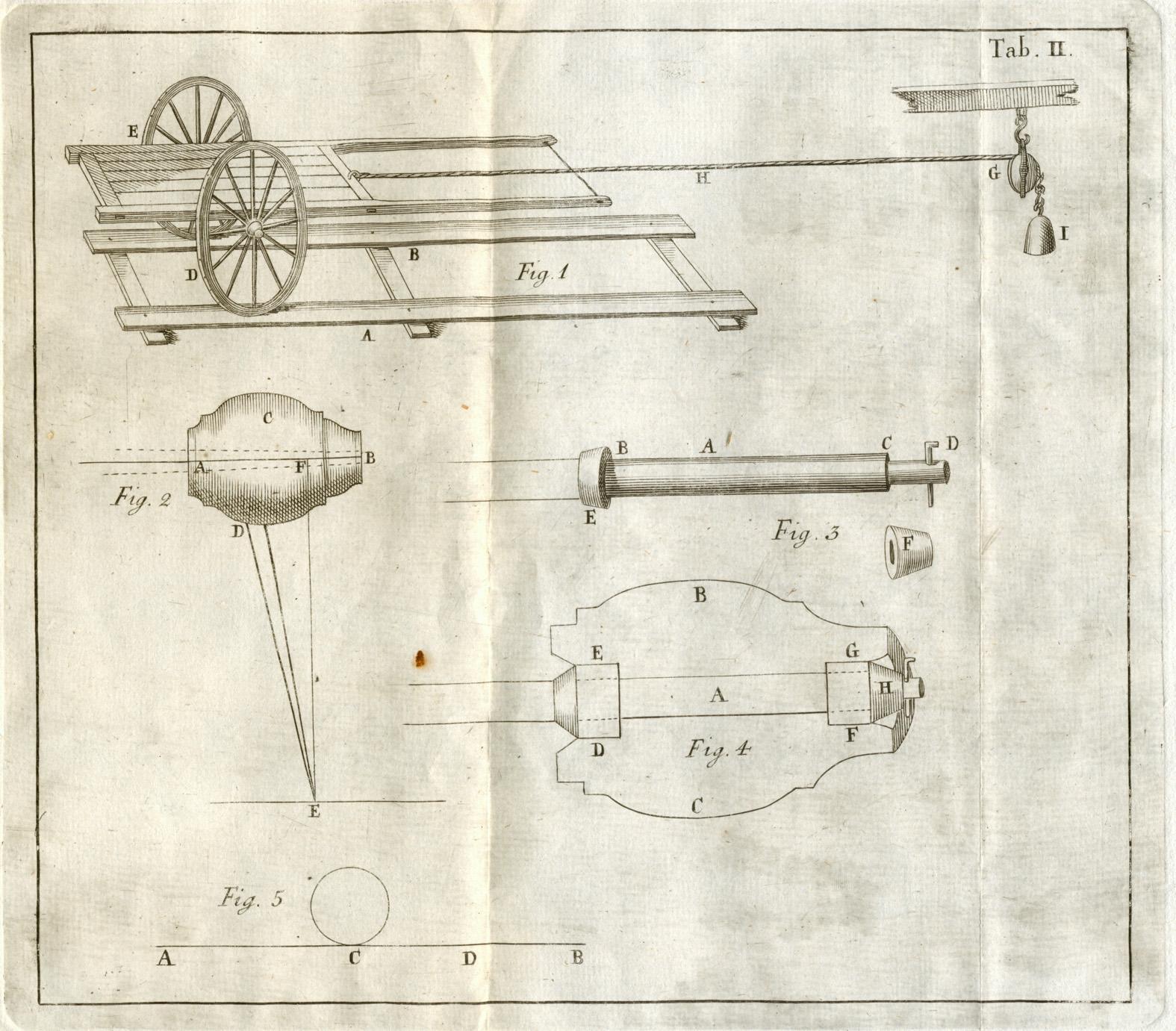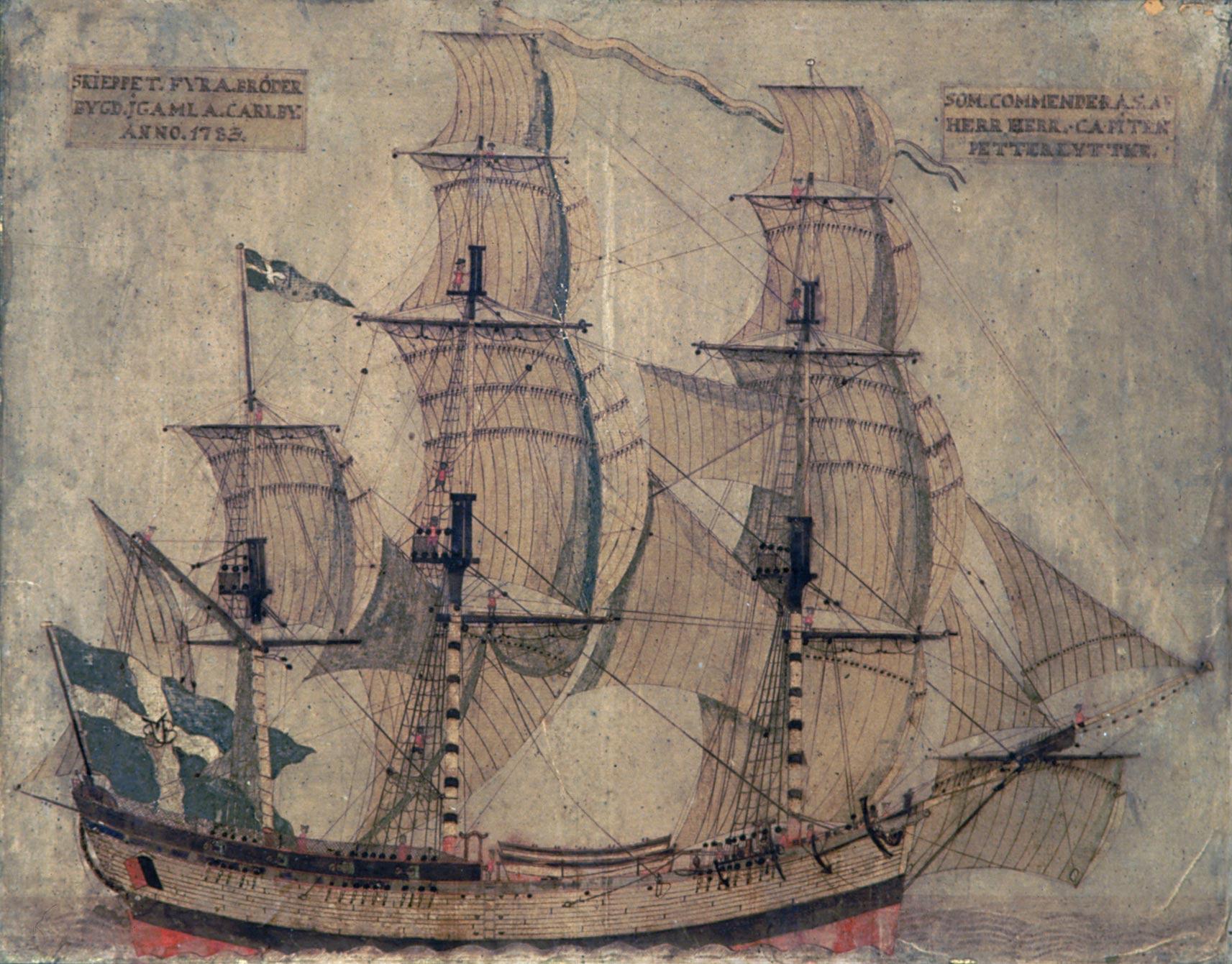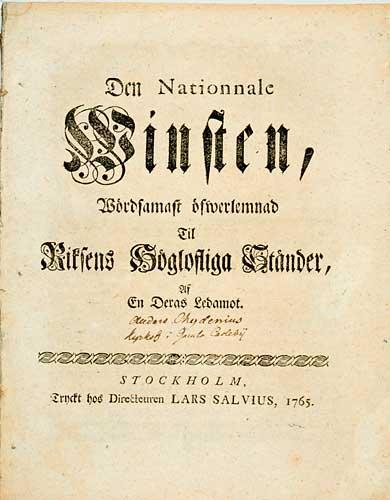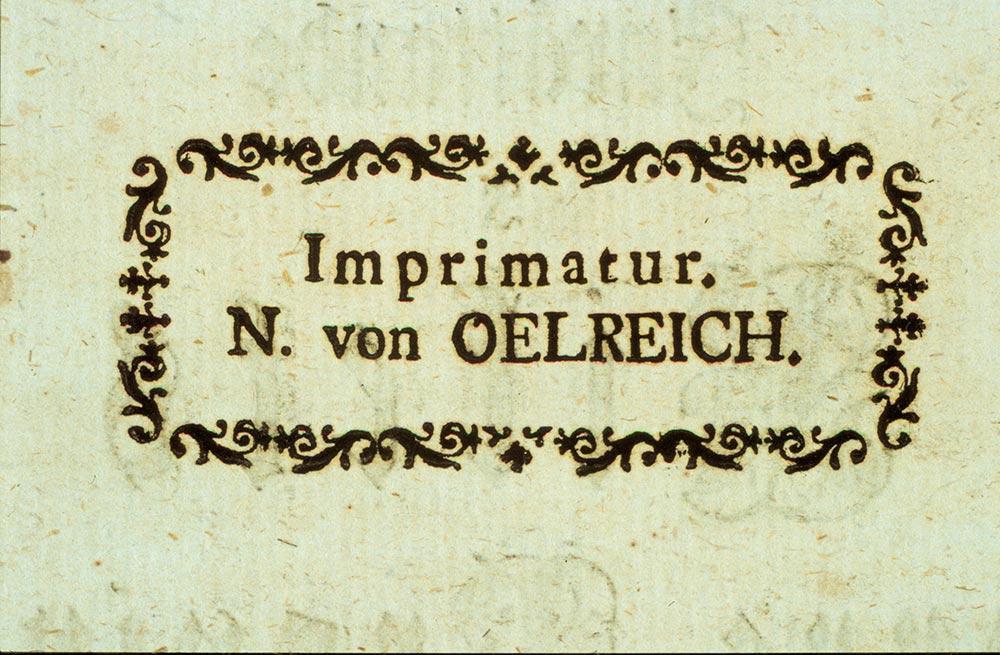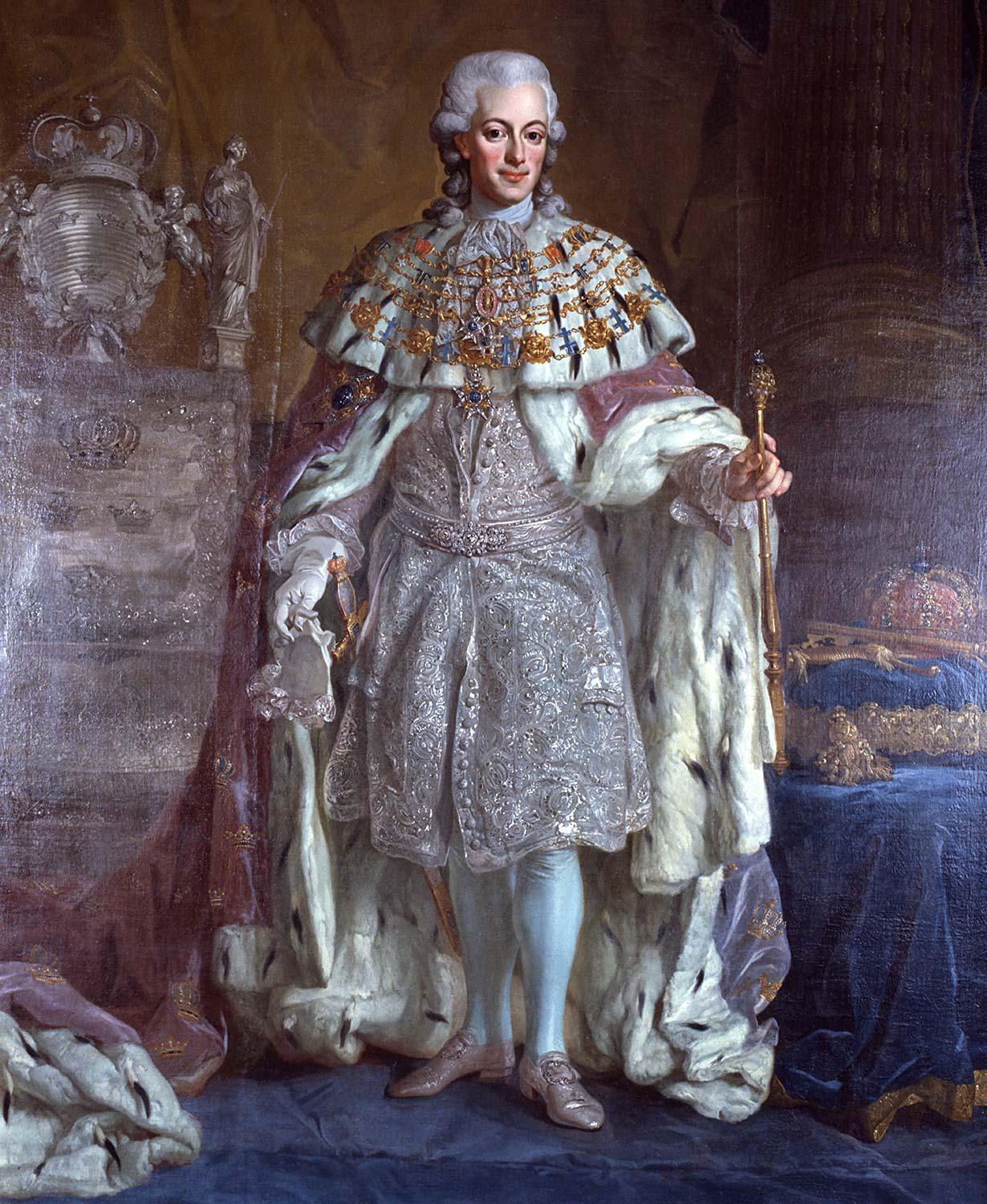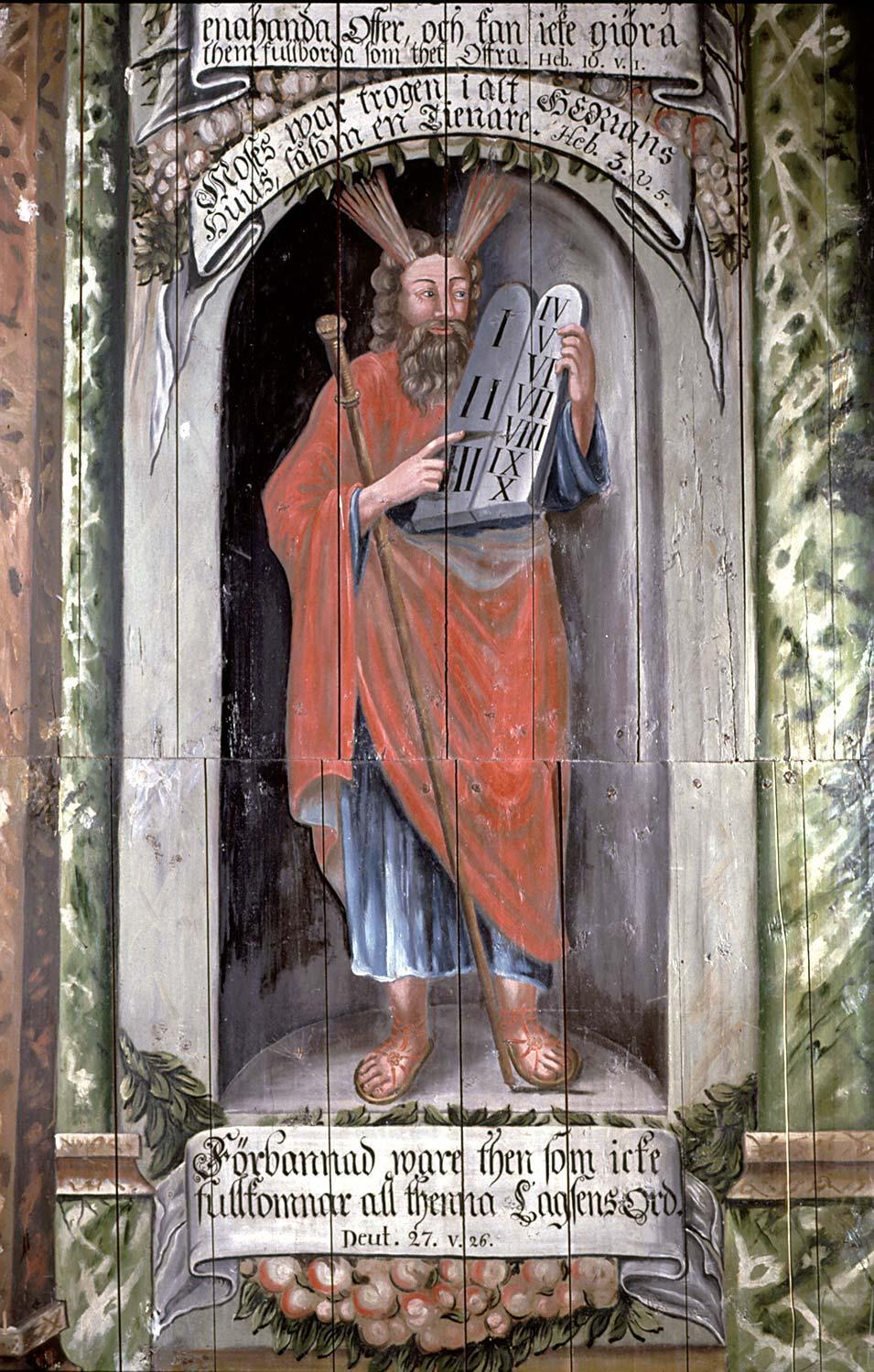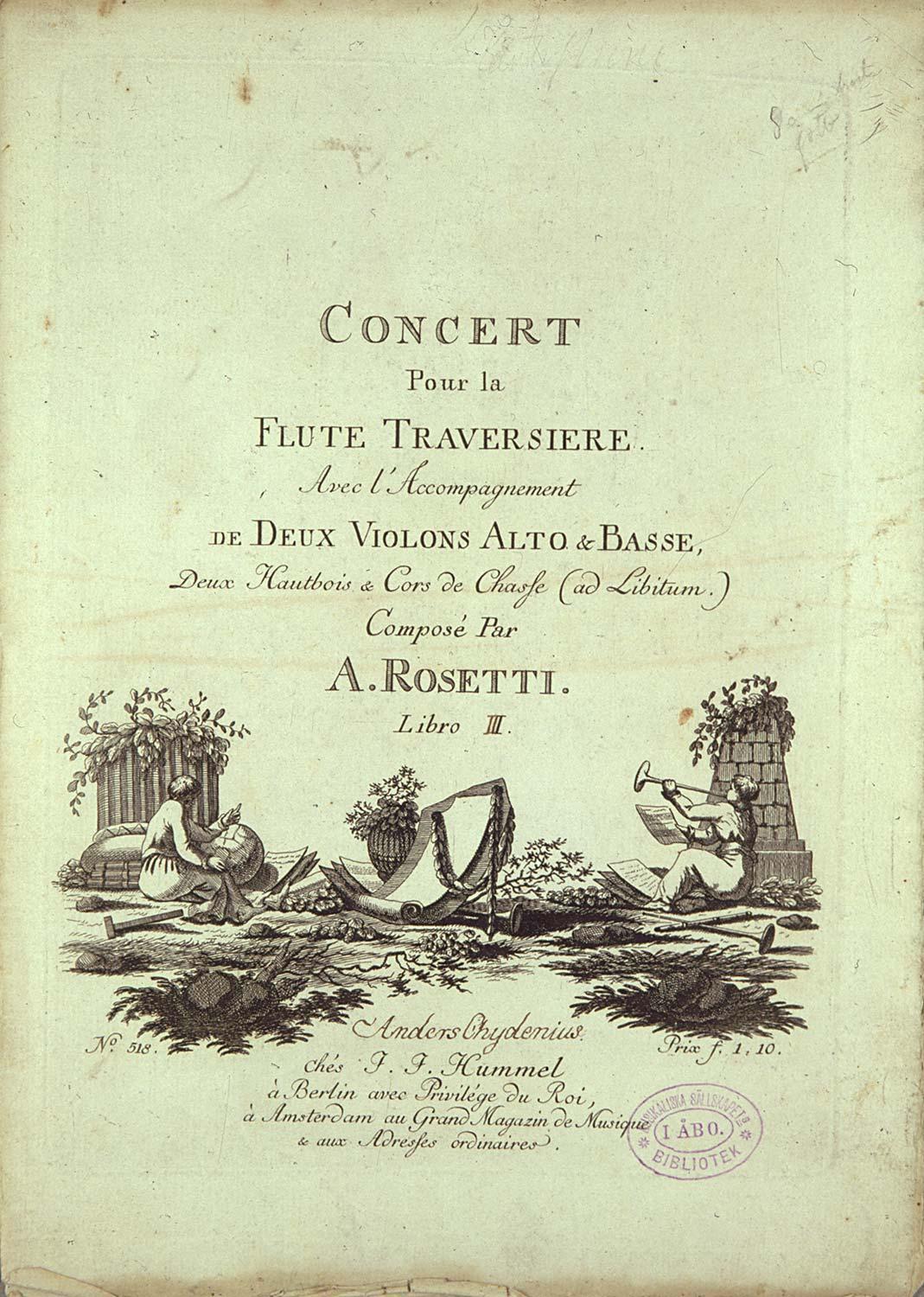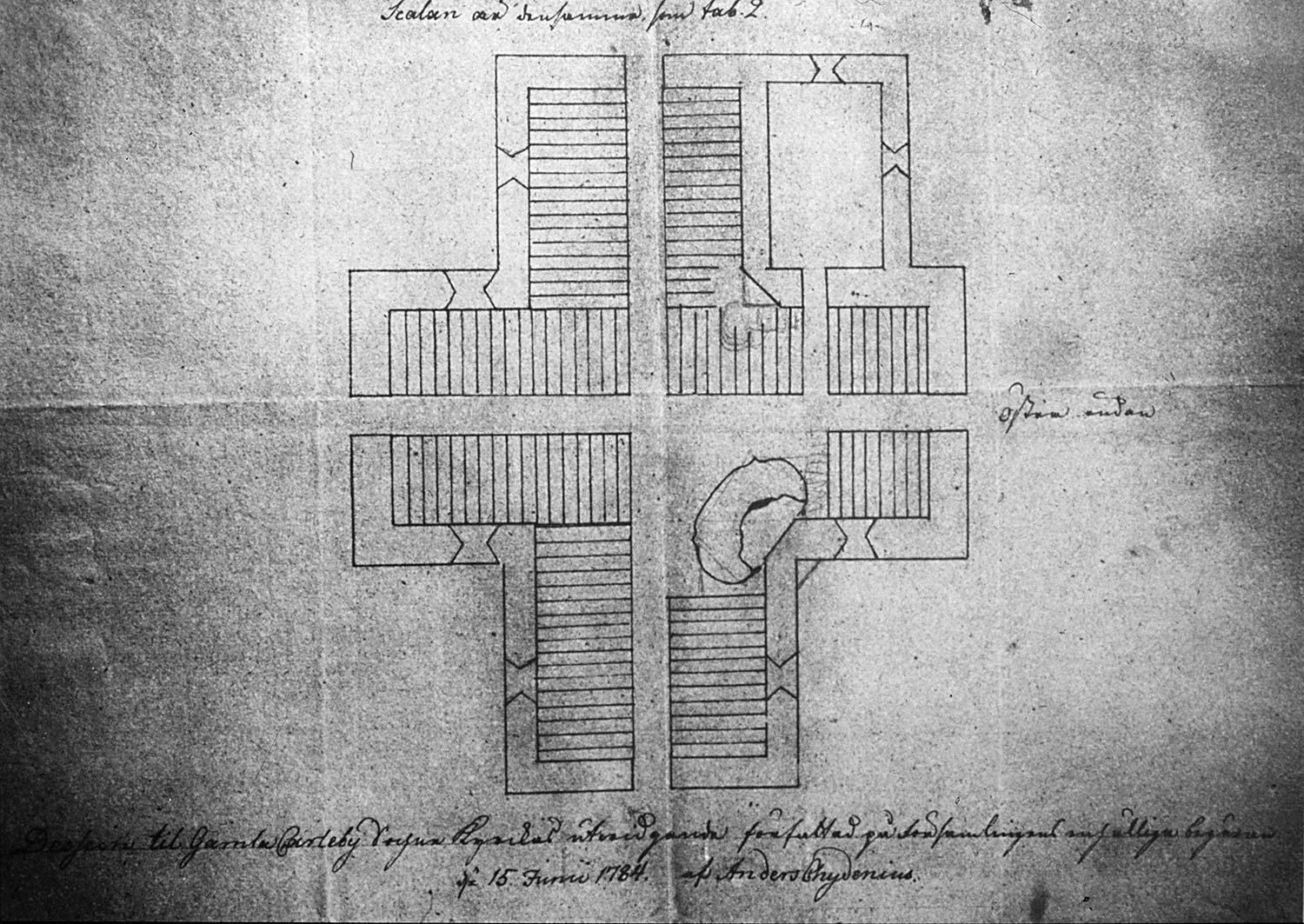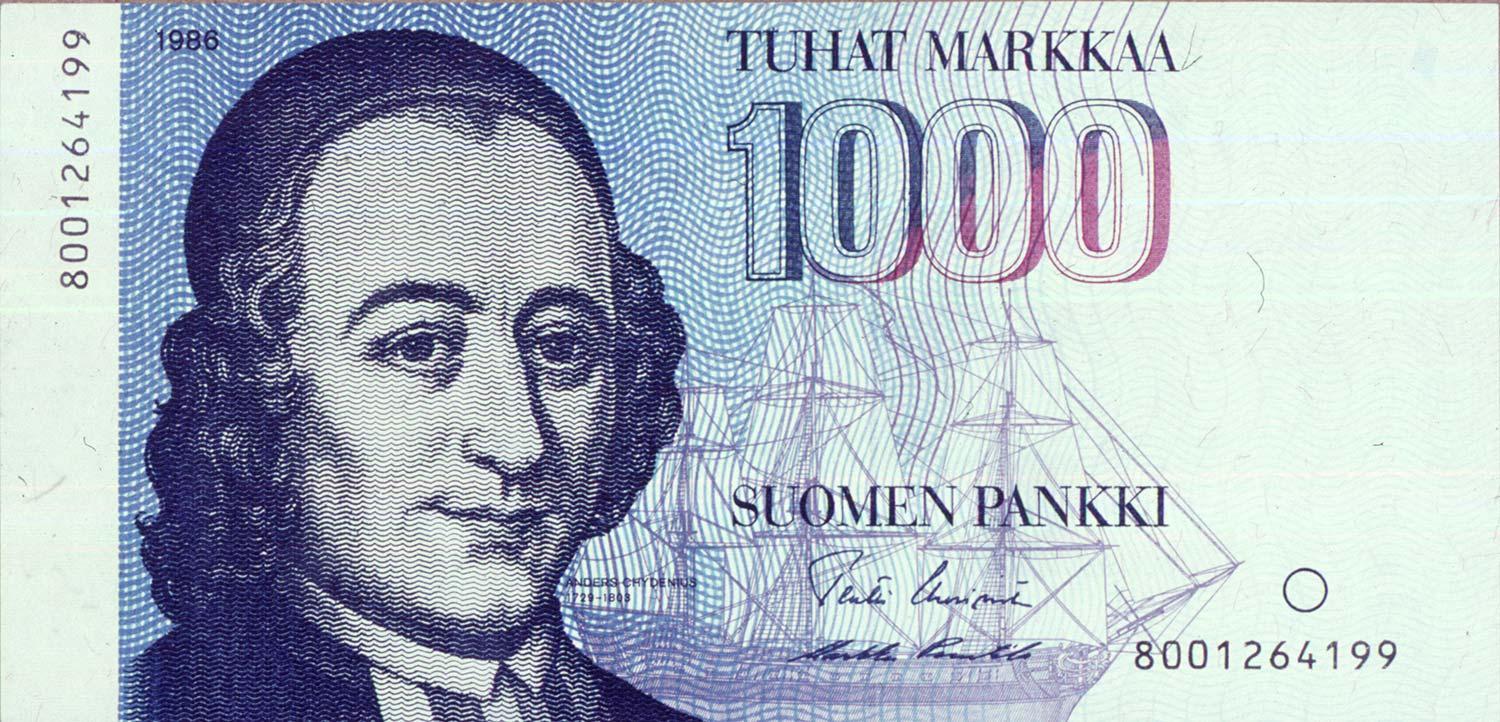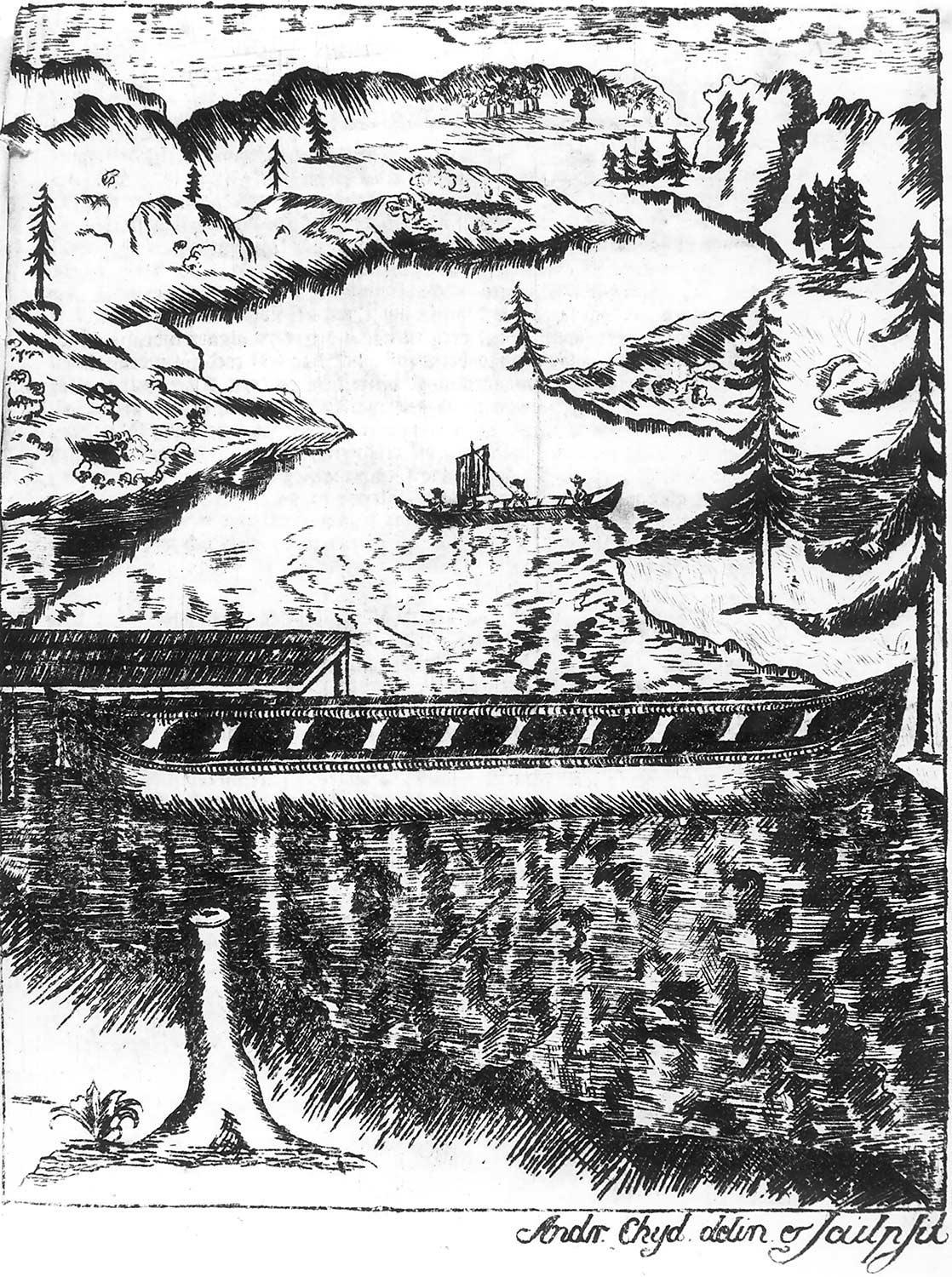The Young Anders
Relatives and Family
The origins of the Chydenius family are lost in the mists of time. We know only that the family came from south-western Finland. The first to use the name Chydenius was Anders’ grandfather, the rector of Rymättylä, Andreas Chydenius. His son Jacob had to flee to Sweden during the Great Northern War. After many tribulations he completed his training as a priest in 1726. In the next year he married the daughter of his mentor, Hedvig Hornaeus, and moved to take up the post of curate in Sotkamo, a the north-eastern Finnish wilderness parish. In all eight children were born to the family, of whom three boys and three girls reached adulthood.
Child of the Wilderness
Anders Chydenius was born at Sotkamo in the year 1729, and grew up to early manhood amongst the rugged wilderness of Kuusamo, where his father Jakob Chydenius had been appointed rector in 1734. The area was poor, and the small population still gleaned its living mainly from slash-and-burn cultivation. The rector’s parish of Kuusamo or Kemi-Lapland extended over a considerable area, as far as Kittilä and Inari. Since the gentry were very few, and because the priest’s family had a lot to do with the local inhabitants, Anders also learned Finnish well – the language at home was of course Swedish.
School
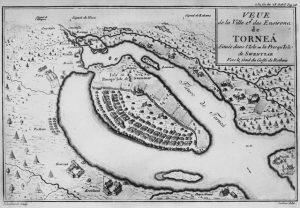
Tornio 1736–37. Copper engraving from Reginald M. Outhier’s work ‘Journal d’un voyage au Nord’ (1746). The National Board of Antiquities.
At Kuusamo his father Jakob gave the boy his basic education, which Anders later remembered in the following words : “He did not follow the usual path of merely burdening the memory of his children during their instruction. He taught them to think and at the same time to let the light of reason incline their hearts to virtue and piety.”
Along with his brother Samuel, Anders left to the Oulu grammar school, whose headmaster was their uncle Samuel Hornaeus. After a break caused by the War of the Hats (1741–43), the brothers continued their studies at Tornio, where the famous tutor headmaster and religious author Johan Wegelius prepared them for entry to university with private tuition.
To Kokkola
Jakob Chydenius was appointed rector to Kokkola in the year 1746. At that time the parish included not only the villages around the town (which later formed the rural district of Kaarlela), but also Alaveteli (nowadays a part of Kruunupyy), and the areas of the modern rural districts of Kaustinen, Veteli, Halsua and Perho. The distance from the western border of the parish on the sea to the eastern border was more than 100 km. Compared to Kuusamo, the parish was prosperous and densely populated. At the end of the 1740’s the population was some 3000 persons. The rector was assisted by two curates, a parish assistant, a tutor headmaster and the curate of Yliveteli.
Kokkola in the Eighteenth Century
The town of Kokkola, established in 1620, was the trading centre for the parish and neighbouring areas. In the mid-eighteenth century the town had about 900 citizens. Of these about 180 were the highest social strata, the trading Burghers. With the exception of a few gentry, the remainder were craftspersons, the poorer Burgher classes, seamen and their servants.
In addition to agriculture, the Kokkola area had two significant subsidiary trades: tar-burning and ship-building. At times Kokkola was Finland’s tar-trading port. Trade and ship-building were however limited by the prohibition on direct export lasting up until 1765.
Although the Kokkola area was far from the centres of the realm, it was not in the modern sense a backwoods area, because of the sea link. With favourable winds Stockholm could be reached in a week, and shipping brought not only goods but civilisation : news, ideas, newspapers and books.



